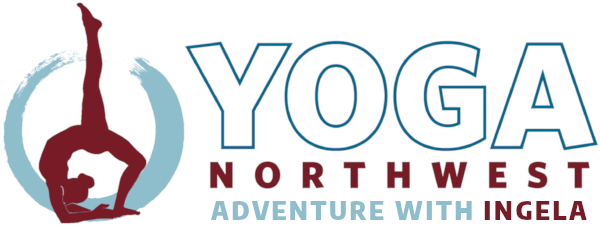One who perseveres on the path of non-covetousness gains deep understanding of life (Yoga Sutra 2.39)
Bernard Bouanchaud explains this sutra well in his book The Essence of Yoga: “Non- covetousness consists in not acquiring superfluous goods, nor desiring them, nor accepting gifts beyond reasonable limits . . . The more one owns, the more one needs to protect it. Accepting more than is necessary and acquiring more and more goods, knowledge, relationships, and mystical states clutters the mind and keeps it from grasping the source of things and the motivations and reasons for life. When the mind no longer worries about acquiring and keeping goods, we understand where we come from, where we are, and where we are going. We discover the meaning of life.”
So, what is superfluous? And what is really necessary and appropriate for us to have to be healthy, happy, and fulfilled? It’s challenging to keep life simple in our society today and especially during this time of the year, when we are surrounded by catalogues, advertisements, internet, and malls that reach out to us with millions of things to buy and fill our lives with.
Our teacher, Mr. B.K.S. Iyengar, once raised the questions: When does need become greed? Do we really need all the tools, toys, and appliances in our homes, all the knick knacks and books on the shelves, papers in the file cabinet, stuff and clothes in the drawers? The more we have the more time and energy we spend protecting, worrying, and caring for our things as well as cleaning, organizing, and searching for them. The more possessions we have and the more attached and possessive we become to our things, the more we clutter up our environment and consciousness and lose perspective and connection to what life is truly about.
Wayne Dyer told on one of his audio tapes about cutting out the pockets of one of this coats and hanging it in his closet to daily remind himself that he came to life with nothing and will leave with nothing.
We can also be possessive with people. There is a fine line between a sense of belonging and friendship and being attached to, possessive, and obsessive in our relationships with our kids, spouse, and friends. When we are attached to a person, there is no space and freedom to step back and simply appreciate the individual uniqueness, beauty, and essence in that being.
And we can also be possessive with our thoughts. We hold onto our own ideas, our principles, our way of doing things, our acquired knowledge, our projections, and expectations. Rohit Mehta says in Yoga, The Art of Integration, “It is necessary to realize that it is only when the mind ceases to project its own conclusion on life, that life unfolds to man its real meaning and significance.”
So, the secret to Aparigraha, non-possessiveness, is learning to let go; to let go of our attachment to things, people, and thoughts.
Now, let’s see how Aparigraha relates to our Yoga practice. Am I attached to being a stiff person or a weak body, attached to my old tensions or old injuries, attached to blaming people for my old pains or injuries, attached to doing a perfect pose or doing the finished pose, attached to doing a pose a certain way, or attached to my teacher’s way of presenting the poses, or just simply attached to that certain spot in the classroom?
When we hold onto our tensions and injuries, we block the natural flow of circulation in the muscles. Instead, when you encounter tight muscles in your hips, shoulders, or hamstrings, use your awareness to create balance, then breathe, exhale and repeat the mantra “trust and let go.” With daily practice, patience and faith, the channels will open to invite into your body and being, health, healing, and life force.
And when we hold onto our ideas and expectations of how our bodies should perform, how a pose should be practiced or taught, we block our minds. Instead, only by letting go of your own projections can you be open and receptive to a deeper experience and understanding each time you practice a pose and to each new instruction as presented.
The old saints remind us that only by letting go of our lives can we truly live. We practice this total detachment in our relaxation pose, savasana, which actually means the corpse pose. After our Yoga practice we lie down and let go of our tensions, our muscles and limbs, our senses, thoughts and ego. When we let go of our external body, we can connect with a deeper source within, our true self.
So, it’s quite fascinating that the more we let go in all areas of life, the more life unfolds itself to us. And our good old hamstring stretch can teach us a lot about the power of letting go.
This Holiday Season, we can start practicing letting go by cleaning out the closets in our homes and letting go of what’s superfluous. We can pass on what we don’t need to other needy souls, to lighten our environment, and brighten somebody else’s day.
I love a little saying I got from a preschool teacher a few years ago: “What children need are not presents, but your presence.” What a simple truth. We all need fewer presents and more presence.
Namaste,
![]()
